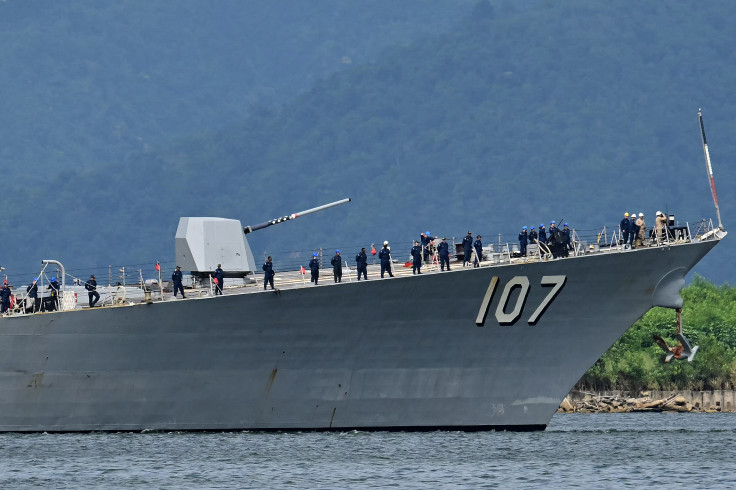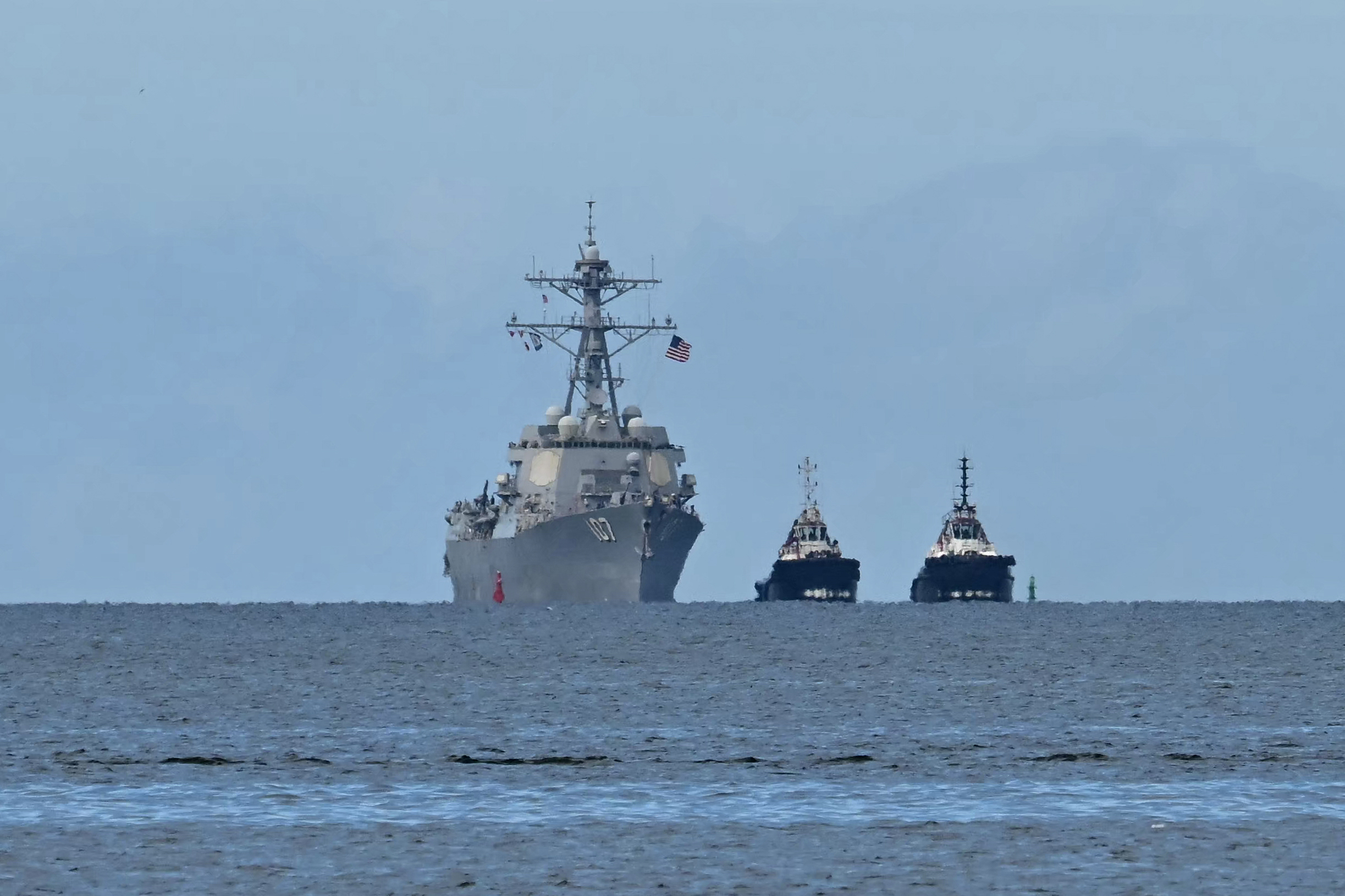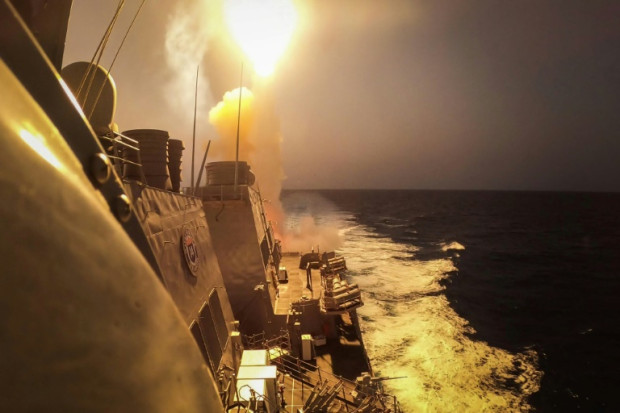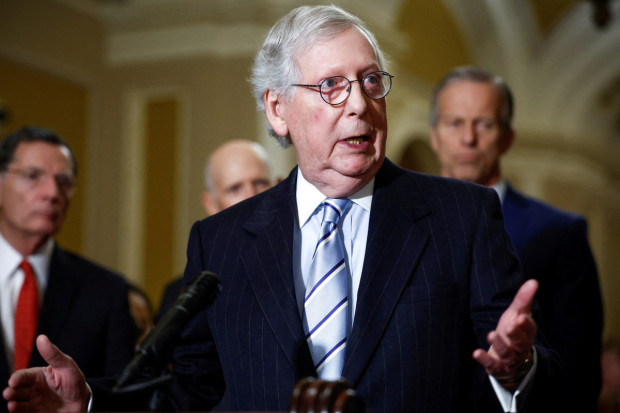
While President Donald Trump declared that he isn't considering attacking Venezuela, the United States has concentrated a rare mix of naval, air, and special operations power across the southern Caribbean and the approaches to the Venezuelan coast. At the center of the buildup is the USS Gerald R. Ford carrier strike group, the Navy's most advanced flattop, deployed alongside escorts as Washington steps up a campaign it says targets transnational criminal networks and "narco-terrorism."
According to Reuters, Trump on Friday denied he was considering strikes inside Venezuela while talking to reporters on Air Force 1 on his way from Asia to Washington, DC. His words appear to contradict his own comments from last week amid intensifying expectations that Washington may soon expand drug-trafficking-related operations
They also raise more questions about the growing presence of U.S. ships, equipment, and personnel in the Southern Caribbean. The Miami Herald reported that open-source tracking, satellite imagery, and Pentagon statements indicate at least 8 to 10 major warships are already positioned in the theater, with additional units rotating through. Public tallies include destroyers USS Gravely, USS Jason Dunham, and USS Sampson; amphibious flagship USS Iwo Jima with Marines embarked; amphibious transport docks USS San Antonio and USS Fort Lauderdale; Ticonderoga-class cruiser USS Lake Erie; Littoral Combat Ship USS Minneapolis-Saint Paul; and the Los Angeles-class attack submarine USS Newport News.
Commercial satellite shots this week show Iwo Jima and her escorts moving west past Grenada after a port stop by Gravely in Trinidad and Tobago, confirming a steady push toward the Venezuelan littoral. Iwo Jima is carrying elements of the 22nd Marine Expeditionary Unit, roughly 1,600 Marines, and operates AV-8B Harriers, AH-1Z Vipers, UH-1Y Venoms, and MV-22B Ospreys for air assault, close air support, and rapid lift.
The air picture has expanded as well. B-1B bombers staged near the Venezuelan coast on Oct. 23, and the Pentagon says the Ford strike group adds fifth-generation fighter coverage and airborne surveillance to the mix. Independent counts suggest the regional task force now includes eight or more surface combatants, a nuclear attack submarine, carrier air wing assets, and long-range bombers on flexible tasking, explains Air and Space Forces.

What the photos do not show
Special operations activity has increased in the same waters. U.S. Army special operations helicopters, including MH-6 and MH-60 variants, were photographed training from support vessels northeast of Trinidad, about 90 miles from Venezuela. Analysts interviewed by The Washington Post link those flights to maritime interdiction missions and contingency planning. Officials caution that presence does not automatically signal a land assault, noting Venezuela's layered Russian-made air defenses.
Objective and rules of engagement
The administration describes the objective as dismantling traffickers and terrorist-designated groups that use Caribbean routes. Defense officials told Business Insider the deployment supports a directive to counter transnational criminal organizations and foreign terrorist organizations, with Southern Command coordinating maritime and air interdictions. Critics in Washington and abroad view the posture as pressure on Caracas that risks escalation beyond counternarcotics.

Since early September, U.S. forces have conducted multiple lethal strikes on suspected smuggling vessels in the Caribbean and eastern Pacific. Official counts vary by outlet, but recent briefings and reports put the total at roughly ten to thirteen boats struck and more than forty deaths, with operations now supported by the carrier group. Legal and strategic debates have intensified over authorities and potential expansion to land targets.
A carrier strike group represents one of the most expensive single tools of U.S. power projection. The Ford herself cost about 13 billion dollars to build, not including air wing, escorts, and operating costs. Analysts question whether such heavy hardware maps neatly to drug-interdiction missions, even as the Pentagon argues it deters state-linked networks and gives decision-makers options







© 2025 Latin Times. All rights reserved. Do not reproduce without permission.




